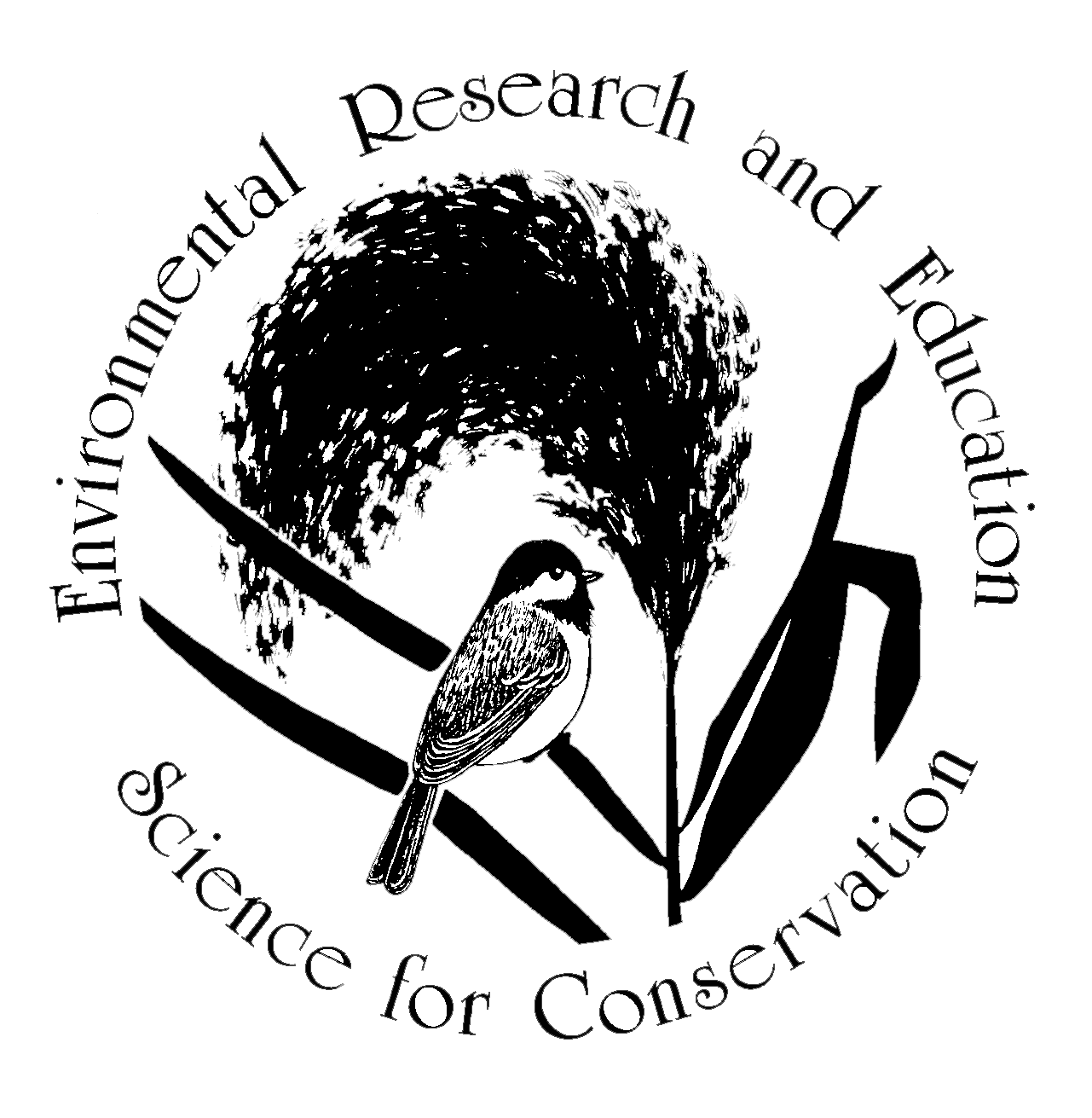Two Urban Gems under Threat
This is a tale of two city greenspaces, one high and one low, one a park and one privately owned, both supporting concentrations of rare habitats and species, and both being destroyed by unnecessary actions. The two sites are Laurel Hill (Snake Hill), and an unnamed freshwater marsh. Both are in the New Jersey Meadowlands, although similar sites exist in many urban areas.
Laurel Hill
Laurel Hill is a rocky eminence that was once surrounded by marshes, half of which have been filled. The hill originated as a volcanic plug when molten rock cooled and hardened within the neck of a dying volcano. Contact of the magma with surrounding sedimentary rocks resulted in a great variety of minerals and diverse habitats at this location. The extensive natural wetland moat isolated Laurel Hill and made it a good place for the things people didn’t want in their neighborhoods: a prison, a poorhouse, a general hospital, a mental hospital, a tuberculosis sanitarium, a cemetery, and asphalt plants. The hill was quarried for several decades ending in the 1950s and, except for the quarry scars, most traces of historic use have been removed. Laurel Hill is now a county recreation park with athletic fields, a playground, and a boat landing occupying the former quarry floor. The remains of the hill (actually an east-west ridge) cover about 3 hectares (8 acres) on the map and reach an elevation of 57 meters (187 feet) with 30 meter (100 foot) cliffs—the former quarry faces—on the north side.
Railroads and the New Jersey Turnpike border the south side of the ridge. Like many urban greenspaces, Laurel Hill supports a seemingly chaotic mixture of native and nonnative plants. Small patches of native woodland dominated by chestnut oak or sugar maple cover areas that apparently were not quarried. Several rare mosses and a rare lichen occur on the ridge, and there is a historic record of rock spikemoss (Selaginella ru- pestris) which could still persist undiscovered in an inaccessible niche. Vascular plants of native species rare in the Meadowlands are present, including wafer-ash. A small rock pool at the foot of the ridge is one of only two known Meadowlands habitats for stonewort algae (Chara). A population of red-backed salamanders is associated with old quarry de- bris that conserves moisture at the soil surface. A pair of common ravens has nested on the cliffs for several years, essentially out of reach of human disturbance although overlooking busy recreation facilities. A portion of the ridge on the south side was cut back several years ago to protect the Turnpike from falling rocks. Athletic facilities have been expanded on the north side. Shrub thickets on an inactive dump just north of the park, where American woodcocks were nesting a decade ago, are now parking lots and condos. The rock pool was partly filled incidental to expansion of athletic fields, an impact that could have been avoided. Thickets and a weedy herb layer, including much of a pop- ulation of wild-coffee (Triosteum perfoliatum) unique in the Meadow- lands, were cleared for no apparent reason. Fortunately, though, most of the ridge itself has not been disturbed recently.
Freshwater Marsh
The other site that I will describe—the fresh- water marsh—shall remain unnamed and its location not described for the sake of this article. The site is privately owned and it is unclear what needs to be done to preserve it and prevent new legal or illegal ecological dam- age. The marsh covers about 40 hectares (100 acres) and is surrounded by a railroad, major highways, and industrial buildings.
There is a breeding population of the Atlantic Coast leopard frog (Rana [Lithobates] kauffeldi, “new” to science in 2014), various ducks, and two uncommon marsh birds— Virginia rail and least bittern. A rare plant, floating marsh pennywort (Hydrocotyle ranunculoides),occurs in parts of the marsh. This species is known to occur at only two other sites in the Meadowlands and is ranked S1 by the New Jersey Nat- ural Heritage Program, indicating that it is known from six or fewer sites in the whole state. Least expected, and only discovered last year, is an area of several acres where the dominant common reed (Phragmites australis) is short and sparse, and is mixed with diverse native herbs and abundant peat moss (Sphagnum spp.). Outside of this marsh I have seen less than a quarter square meter of peat moss in the Meadowlands, and that was apparently destroyed several years ago during installation of a wetland mitigation bank. Peat mosses are sensitive to the impacts of human activities, and finding them in abundance in the middle of the city is remarkable. The peat moss area seems to be a relict from the edge of a former Atlantic white cedar swamp (now a rare community in the Northeast); other parts of the marsh have old canals and stumps from cedar logging. Phragmites is able to “filter” nutrients, heavy metals, and suspended sediment from surface waters, thus the extensive reedbeds here may protect the peat moss area from water pollution. Who knows what kinds of unusual plants or animals may occur in association with the peat moss? The area has yet to be studied in detail.
The freshwater marsh receives stormwater and sewage from the sur- rounding urban landscape, although the peat moss area seems unaffected. One end of the marsh has very poor water quality. The other end of the marsh has a large area of recent fill, and the agencies and NGOs queried did not know who placed the fill and whether it was permitted. Recreational All Terrain Vehicle (ATV) use is inhibiting natural develop- ment of vegetation on the fill, and causing vegetation loss in the marsh including the peat moss area. Several years ago massive broadcast antennas were installed in the middle of the marsh.
Why Should We Protect?
Why should we bother to protect an abandoned quarry and a polluted marsh in an urban area? This is more than an academic question for re- searchers and naturalists. Urban greenspaces provide important ecosysytem services such as maintaining water and air quality, moderating local air temperatures, absorbing stormwater, providing stepping stones for animals and plants dispersing or migrating across urban landscapes, and protecting people and structures from flooding. Urban greenspaces are the principal places where an increasingly large segment of our own population gets to see, study, and enjoy nature. Perhaps most importantly, our physical and mental health is improved by the proximity of green vegetation and other elements of nature.
Urban dwellers affect the environment and its ability to support biodiversity in many ways—by their consumption habits, by their management of yards and gardens, and even by voting; elected officials at the local, county, and state levels can strongly influence land uses, storm- water management, and the extent to which important areas are protected or harmed.
Urban parks and preserves, and even “vacant” lots and wetland fill, sometimes support rare plants and animals. But without expert surveys, those rarities are not discovered, documented, or preserved, and are often destroyed by our actions on the land before we know what we are losing. In the 21st Century, with our cultural consciousness of the importance of wetlands, parks, and open space, it is hard to believe that urban greenspaces in the Meadowlands, or anywhere, are not treated as sacrosanct, and nurtured for all the ways that they improve our lives and contribute to the natural systems in and around our cities.
In this era of decisions about protecting people and the built environment from rapid sea level rise and increasing severity of coastal storms, understanding the occurrence and quality of unusual habitats and rare species is all the more urgent. Some low-lying coastal areas will be used for the installation of dikes, artificial dunes, seawalls, and other storm defenses, for the relocation of existing infrastructure, or for “mitigation” for the loss of habitats elsewhere. Thorough and ac- curate biodiversity surveys are needed so that structures can be sited where they will not harm biological resources unnecessarily, and to help planners and conservationists protect key habitats for people and other species.
Note: In the six years since this article was written, both areas have been eaten away at little by little, school buildings & athletic fields and new sections of the turnpike all encroaching.


